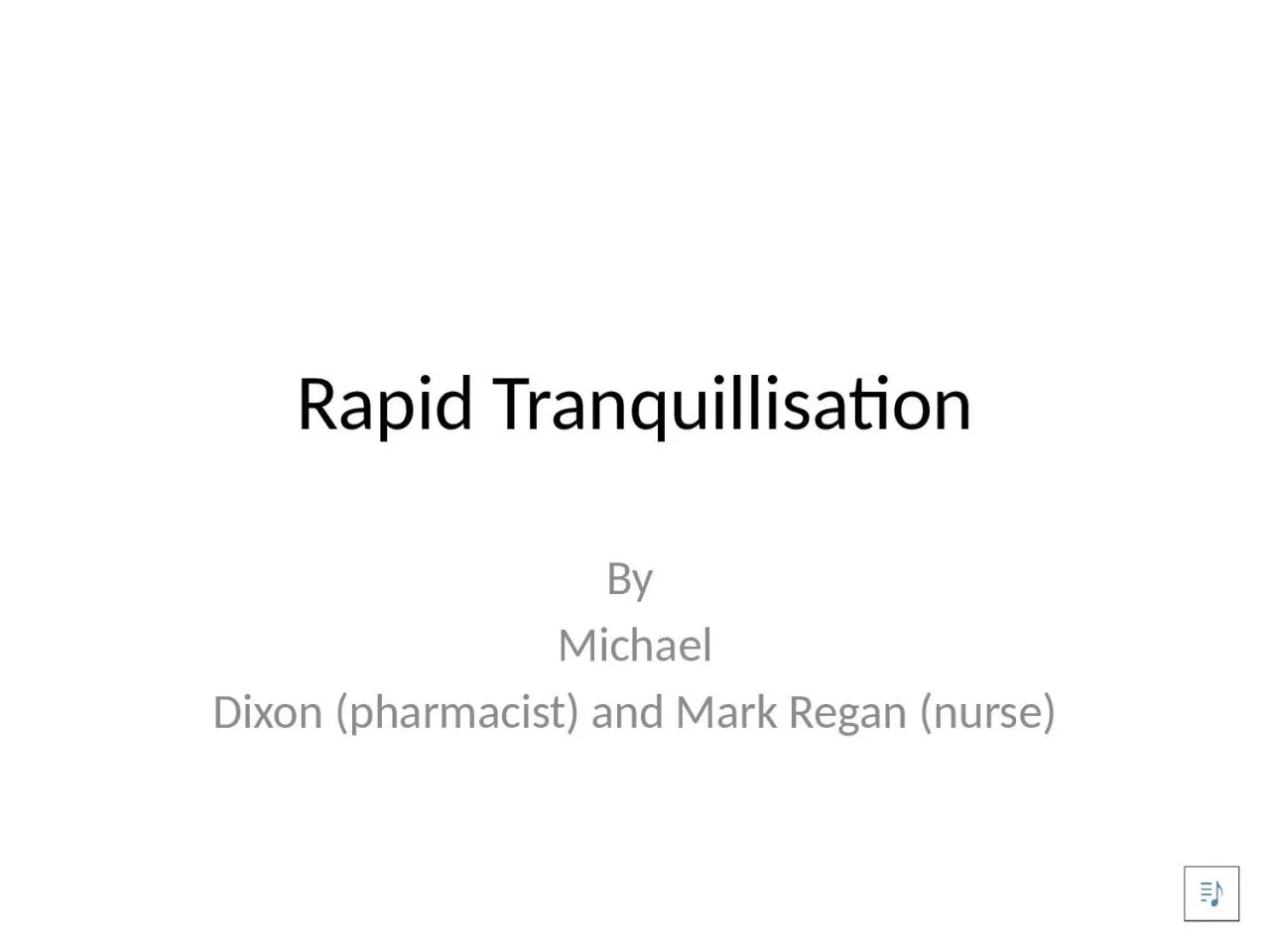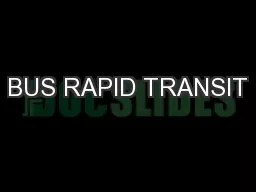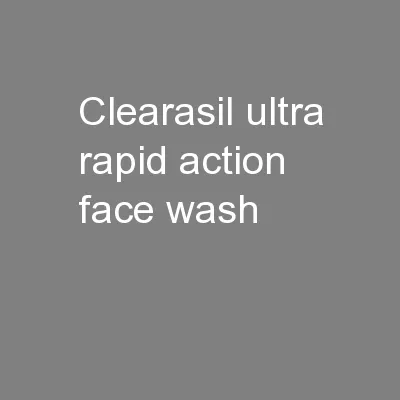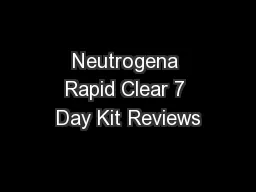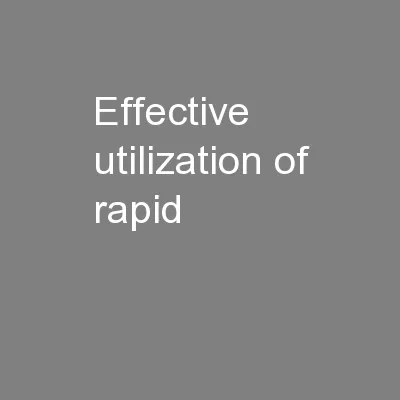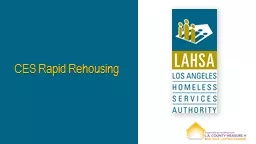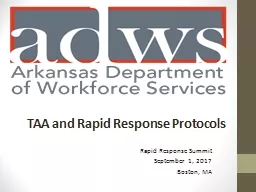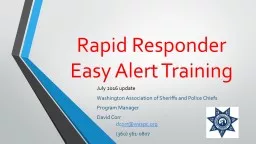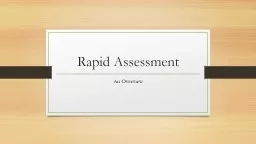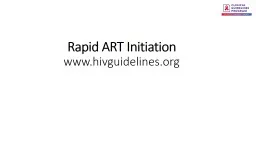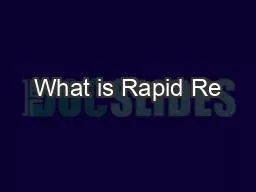PPT-Rapid Tranquillisation By
Author : Lionheart | Published Date : 2022-08-04
Michael Dixon pharmacist and Mark Regan nurse Quick Quiz 1 which is the safest RT medicine to give if someone has COPD 2 if someone needs a medication for violent
Presentation Embed Code
Download Presentation
Download Presentation The PPT/PDF document "Rapid Tranquillisation By" is the property of its rightful owner. Permission is granted to download and print the materials on this website for personal, non-commercial use only, and to display it on your personal computer provided you do not modify the materials and that you retain all copyright notices contained in the materials. By downloading content from our website, you accept the terms of this agreement.
Rapid Tranquillisation By: Transcript
Download Rules Of Document
"Rapid Tranquillisation By"The content belongs to its owner. You may download and print it for personal use, without modification, and keep all copyright notices. By downloading, you agree to these terms.
Related Documents

